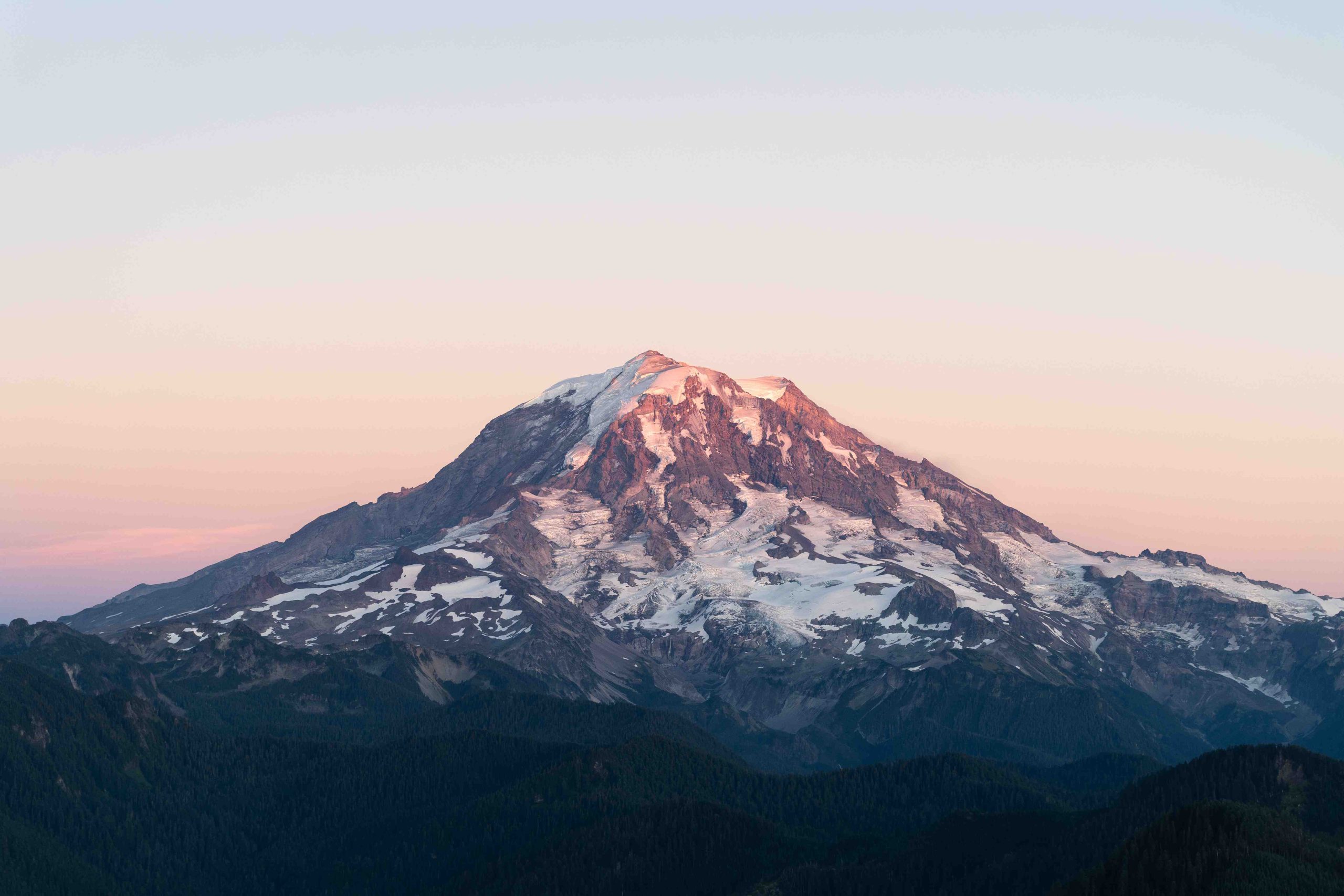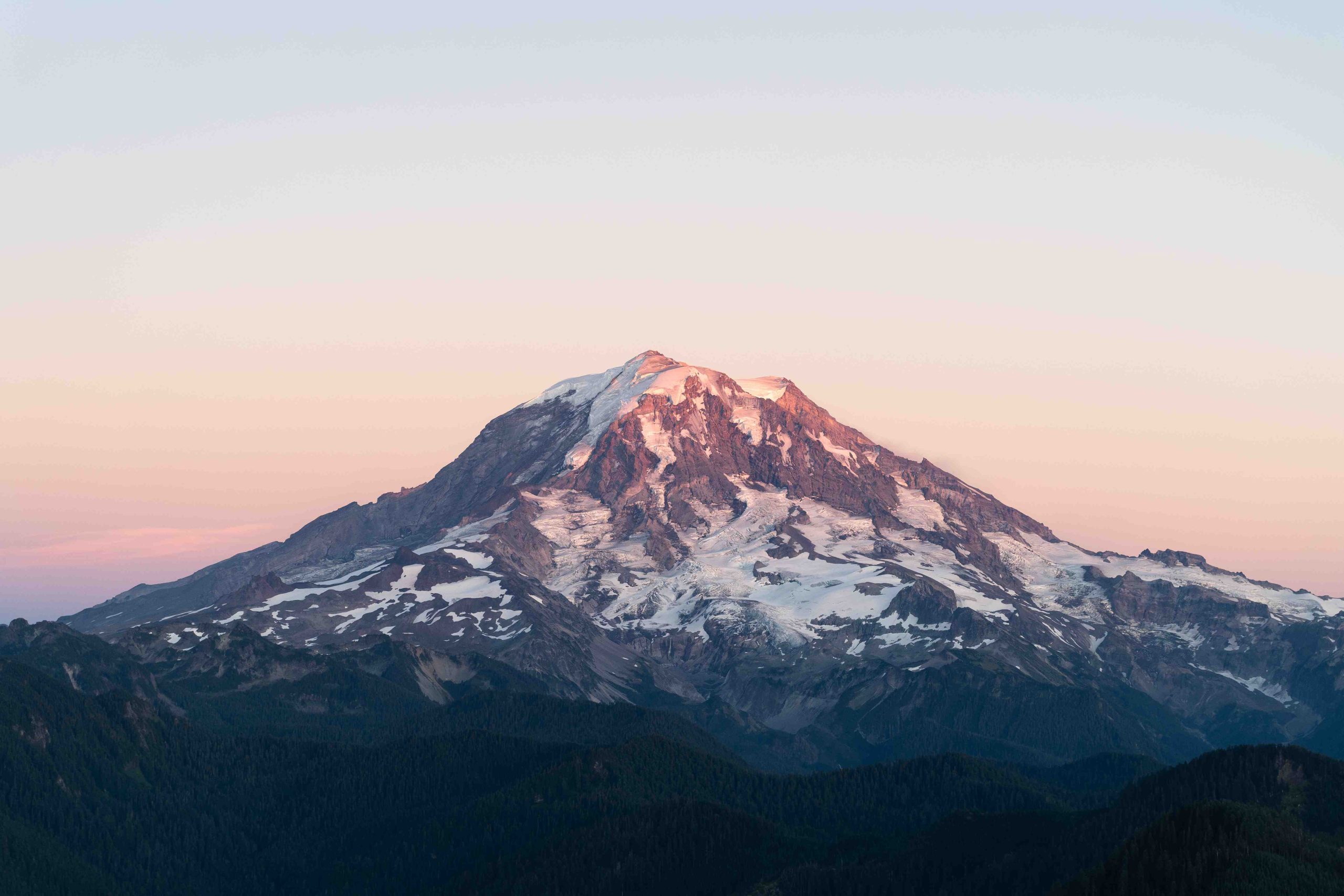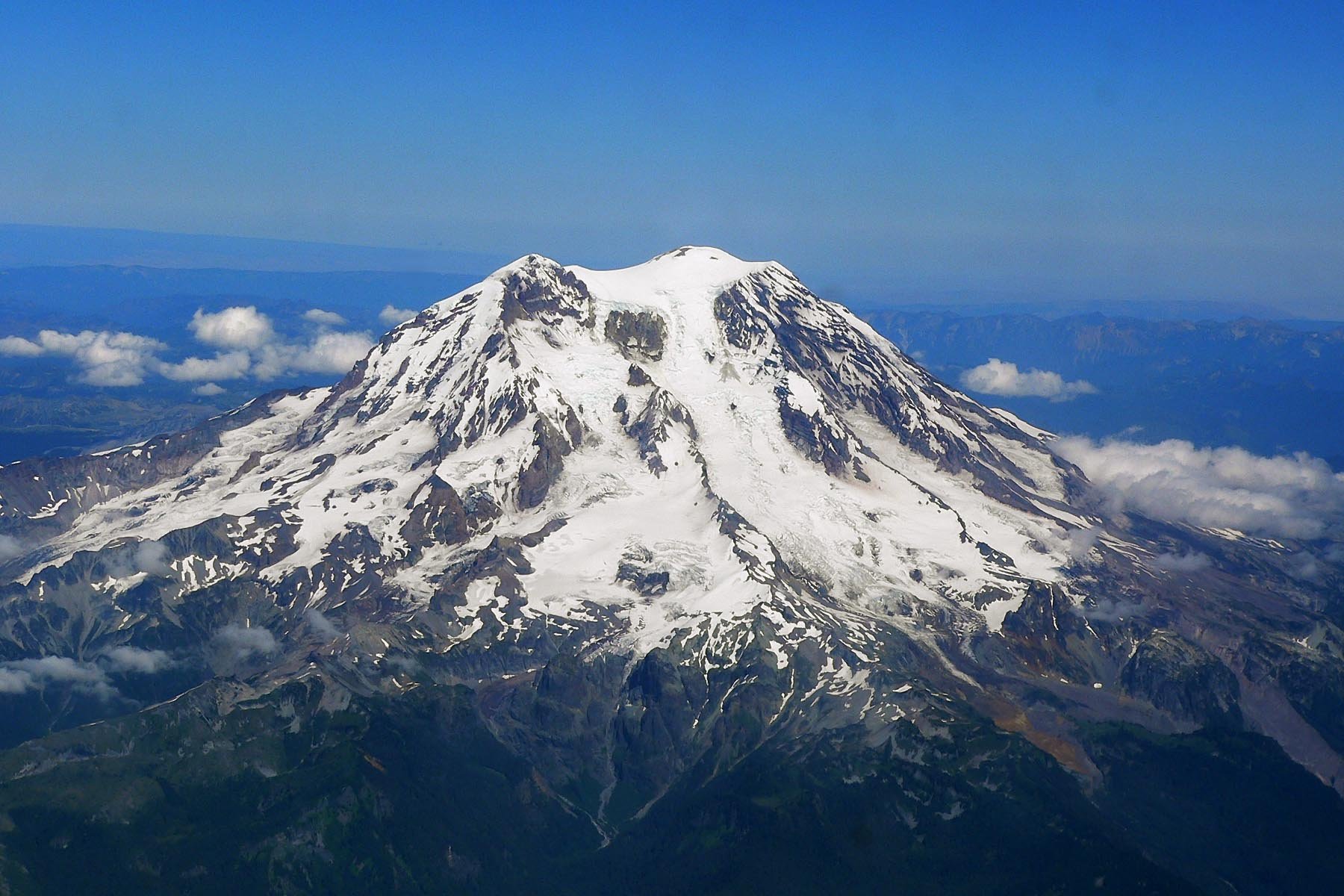Mount Rainier National Park is renowned for its stunning meadows, vibrant wildflowers, and diverse wildlife. The meadow watch at Mount Rainier offers visitors a chance to experience the park’s natural beauty up close. From scenic trails to photography opportunities, seasonal blooms to wildlife encounters, this guide covers everything you need to know about meadow watching at Mount Rainier.
What are the Best Trails for Meadow Watch at Mount Rainier?

Mount Rainier offers several trails that showcase its beautiful meadows. Here are some of the top options:
- Grand Park Trail
- Length: 9 miles
- Elevation Gain: Moderate
- Difficulty: Moderate
-
Trailhead: FR 7360, 1 mile past Eleanor Creek crossing
-
Skyline Trail
- Length: 5.5 miles (loop)
- Elevation Gain: Significant
- Difficulty: Hard
-
Trailhead: Paradise Visitor Center
-
Nisqually Vista Trail
- Length: 1.4 miles
- Elevation Gain: Gentle
- Difficulty: Easy to Moderate
- Trailhead: Near Paradise Visitor Center
Each trail offers unique perspectives of Mount Rainier’s meadows, catering to different skill levels and preferences.
When is the Best Time for Meadow Photography at Mount Rainier?

For the best meadow photography at Mount Rainier, consider the following:
- Optimal Lighting: Early morning and late afternoon to early evening
- Peak Bloom: Mid-July to Mid-August
- Recommended Gear:
- Wide-angle lens for landscapes
- Macro lens for wildflower close-ups
- Tripod for stability
- Polarizing filter to enhance colors
Notable Viewpoints for Photography
| Viewpoint | Features |
|---|---|
| Reflection Lakes | Postcard view of Mount Rainier reflected in water |
| Grand Park | Panoramic views of Mount Rainier and wildflower plateau |
| Skyline Trail | Stunning vistas of Mount Rainier and surrounding meadows |
What Wildlife Can Be Seen During Meadow Watch at Mount Rainier?
During your meadow watch at Mount Rainier, you might encounter various wildlife species:
- Deer
- Best viewing times: Early morning and late afternoon
-
Behavior: Grazing in meadows, often more active during cooler hours
-
Marmots
- Habitat: Rocky areas
-
Behavior: Listen for their distinctive whistles
-
Mountain Goats
- Habitat: Higher elevation areas
- Behavior: Grazing on alpine plants
For the best wildlife viewing opportunities, visit areas like the Mount Fremont Lookout Trail and the Burroughs Mountain Loop Trail.
What are the Seasonal Blooms to Expect During Meadow Watch at Mount Rainier?
The meadows at Mount Rainier burst with color during the summer months. Here’s what you can expect:
Mid-July to Mid-August (Peak Bloom)
- Pink penstemon
- Purple lupine
- Yellow cinquefoils
- Red paintbrush
- White avalanche lilies
Specific Areas for Wildflower Viewing
- Paradise Meadows
- Known for: World-renowned wildflower displays
-
Trails: Nisqually Vista Trail, Skyline Trail
-
Grand Park
- Featured flowers: Magenta paintbrush, asters, gentians
-
Best viewing: July
-
Summerland
- Access: Via Summerland trailhead
- Features: Flower-studded meadows
How to Plan Your Meadow Watch Visit to Mount Rainier?
To make the most of your meadow watch experience at Mount Rainier, consider these tips:
-
Check Park Conditions: Visit the official Mount Rainier National Park website for current trail conditions and park alerts.
-
Timing is Key: Plan your visit during peak bloom season (mid-July to mid-August) for the best wildflower displays.
-
Arrive Early: Popular trails can get crowded, especially during peak season. Arriving early ensures better parking and a more serene experience.
-
Pack Essentials:
- Water
- Snacks
- Sun protection
- Sturdy hiking shoes
-
Camera gear
-
Follow Leave No Trace Principles: Stay on designated trails and avoid trampling vegetation to preserve the delicate meadow ecosystems.
-
Be Wildlife Aware: Keep a safe distance from wildlife and never feed animals.
-
Weather Preparedness: Mountain weather can change quickly. Bring layers and check the forecast before your visit.
What are the Photography Tips for Meadow Watch at Mount Rainier?
Capture the beauty of Mount Rainier’s meadows with these photography tips:
-
Use a Tripod: Especially useful in low light conditions for sharper images.
-
Experiment with Composition:
- Try low angles for wildflower close-ups
- Use leading lines of trails to guide the eye
-
Include Mount Rainier in the background for scale
-
Focus Stacking: For close-up wildflower shots, consider focus stacking to ensure sharpness throughout the image.
-
Golden and Blue Hours: Take advantage of the soft light during early morning and late evening for dramatic landscapes.
-
Polarizing Filter: Use to reduce glare and enhance the vibrant colors of flowers and sky.
-
Patience is Key: Wait for the right light or for wildlife to enter your frame for that perfect shot.
-
Respect Nature: Avoid trampling or picking flowers for the sake of a photo.
How to Contribute to Meadow Conservation at Mount Rainier?
Preserving the meadows at Mount Rainier is crucial for future generations. Here’s how you can help:
-
Stay on Trails: Avoid walking on fragile vegetation.
-
Report Violations: Inform park rangers of any destructive behavior you witness.
-
Educate Others: Share your knowledge about meadow conservation with fellow visitors.
-
Volunteer: Participate in park-organized conservation efforts.
-
Donate: Support organizations dedicated to preserving Mount Rainier National Park.
By following these guidelines and tips, you’ll be well-prepared for an unforgettable meadow watch experience at Mount Rainier. Whether you’re a photographer, nature enthusiast, or casual visitor, the park’s stunning meadows offer something for everyone to enjoy and appreciate.
References:
1. Wheatless Wanderlust – Best Hikes Mount Rainier National Park
2. True Wind Healing Travel – Mt. Rainier Grand Park Trail
3. AllTrails – 10 Best wildflower trails in Mount Rainier National Park

